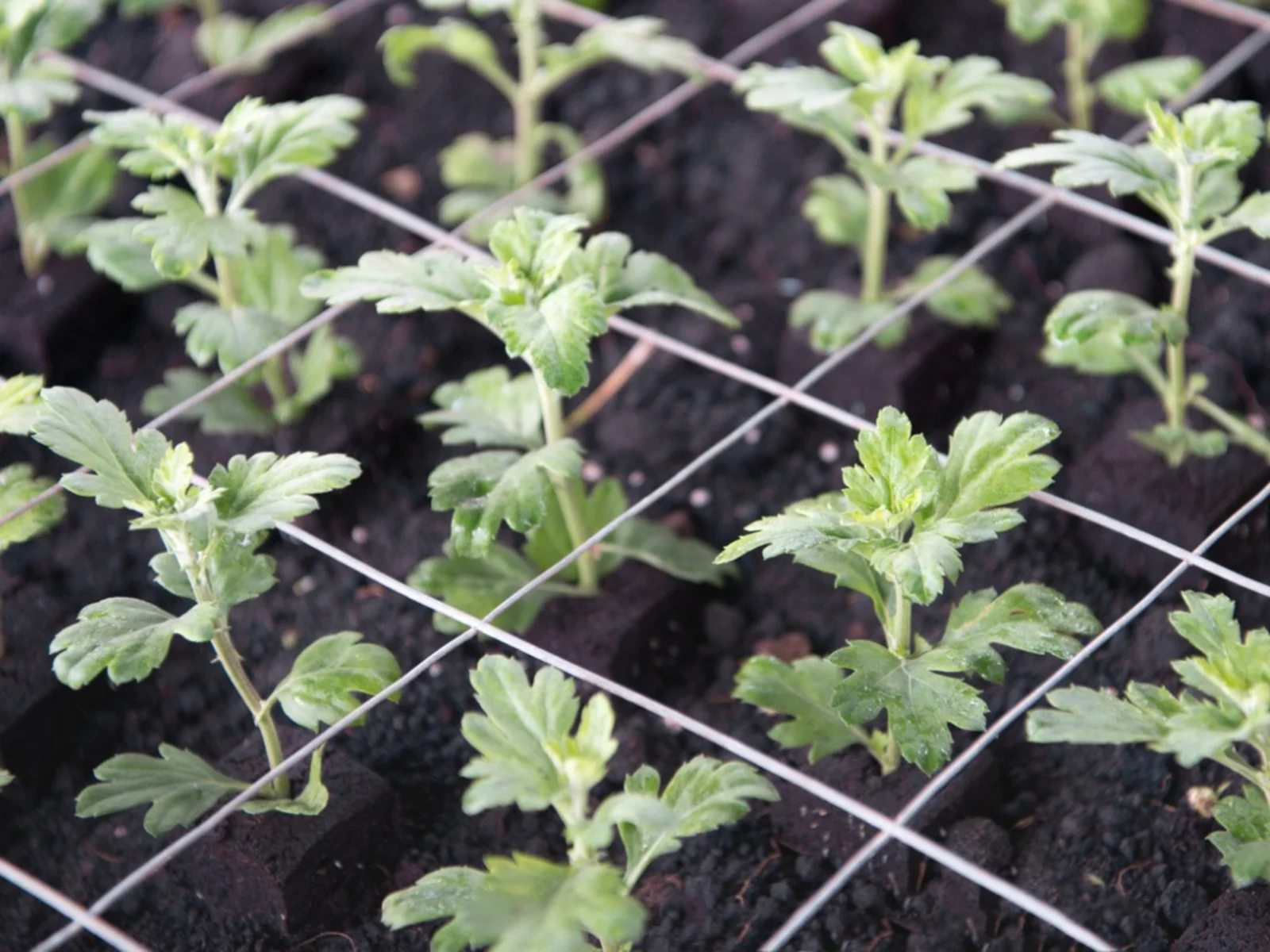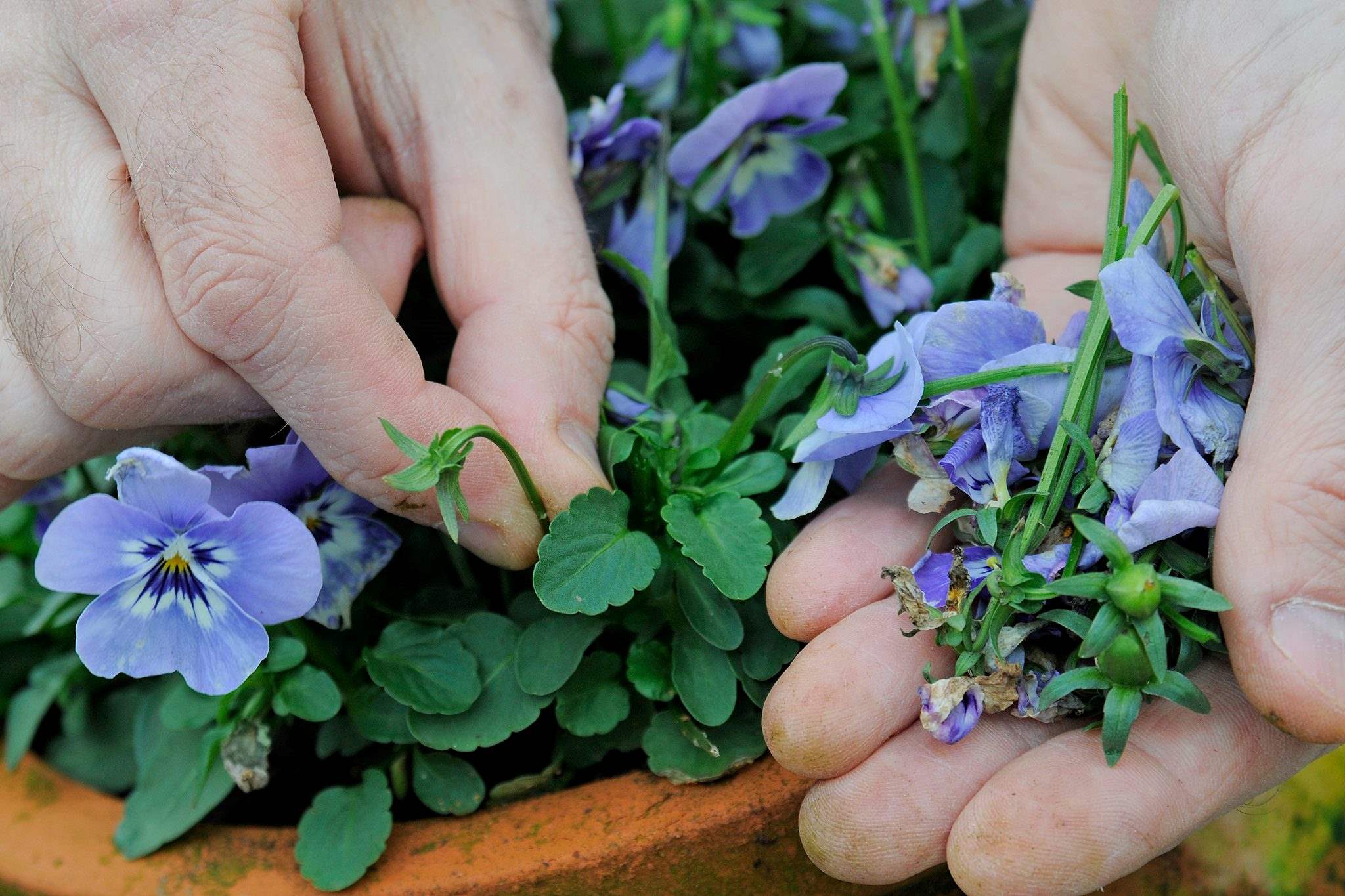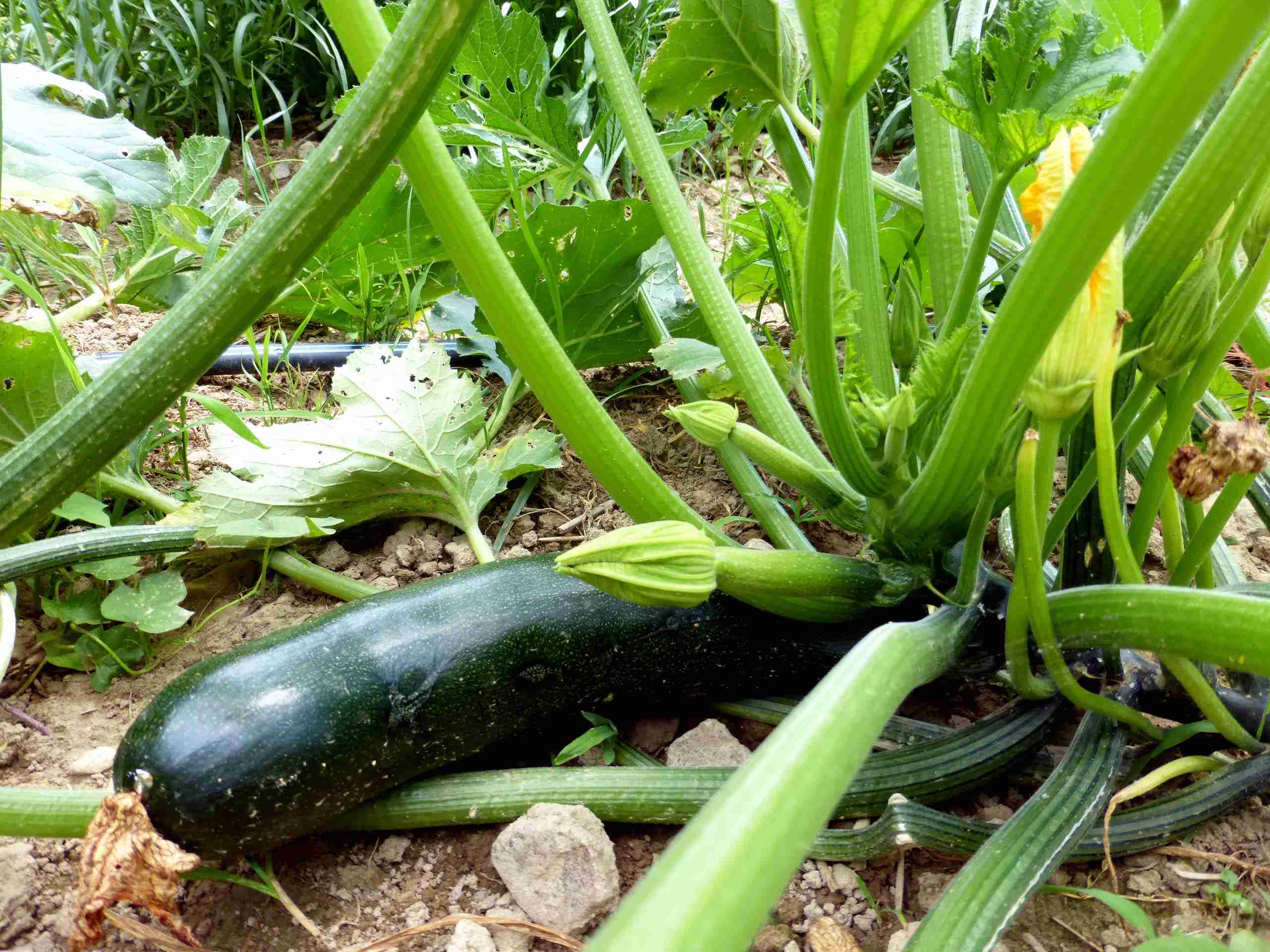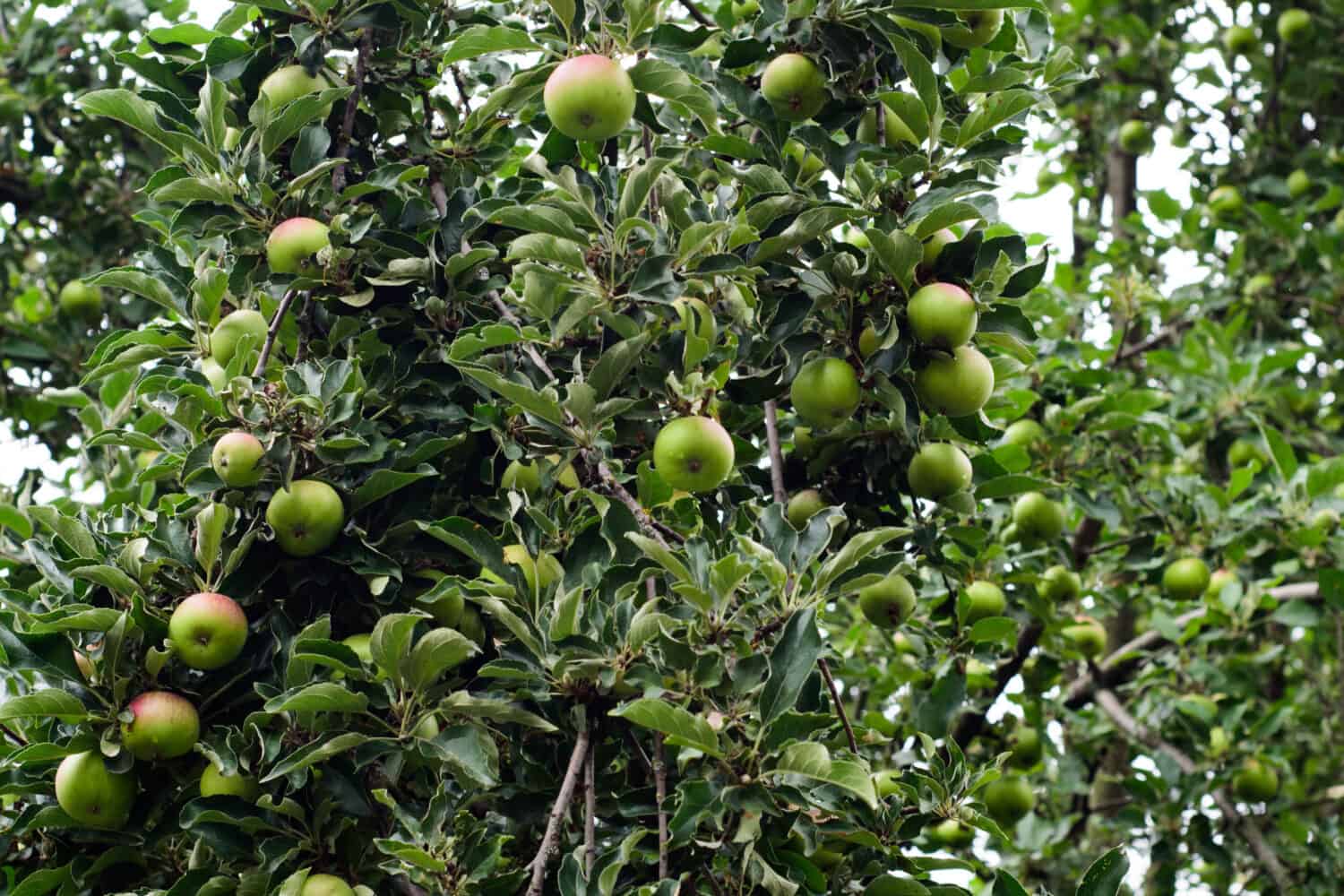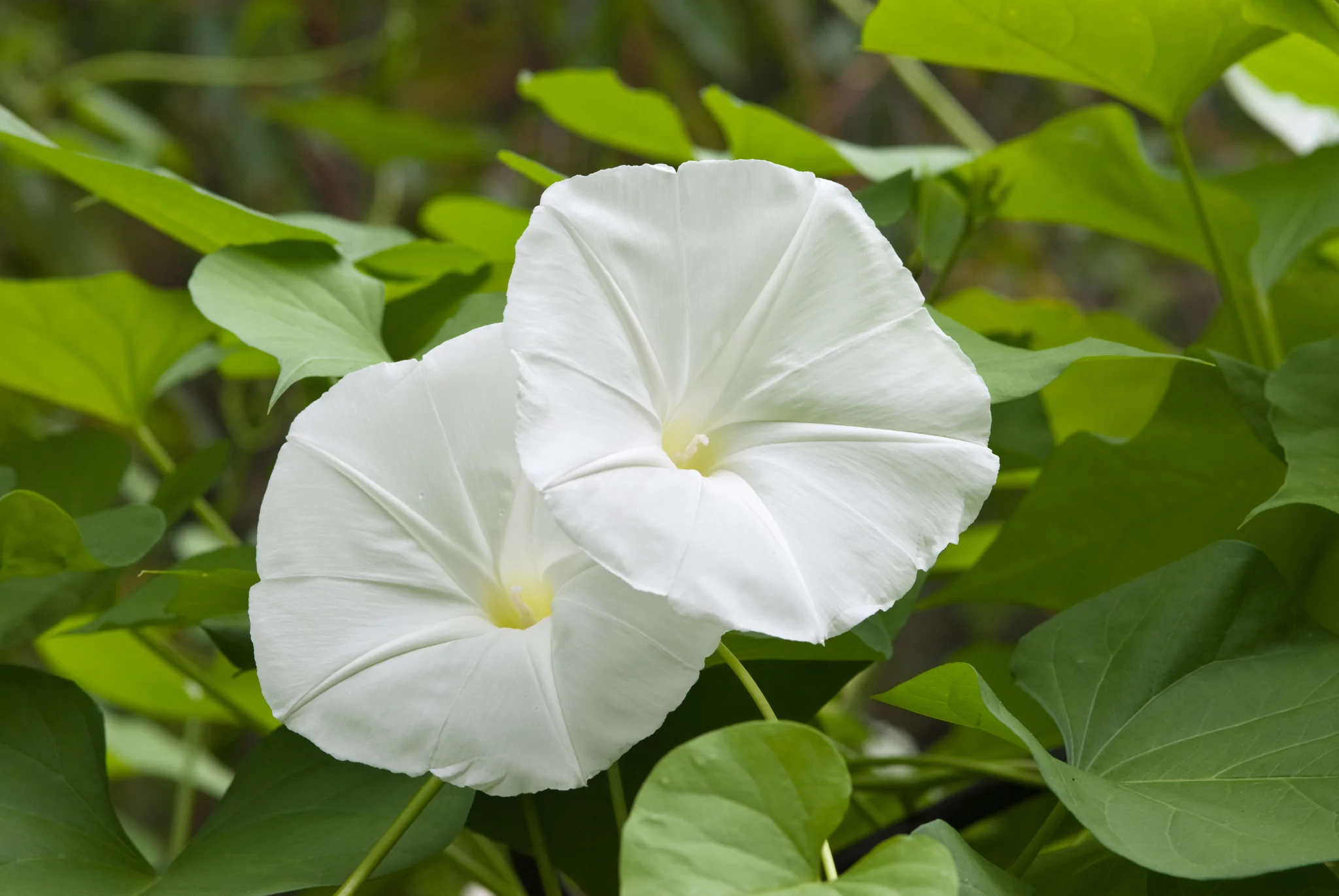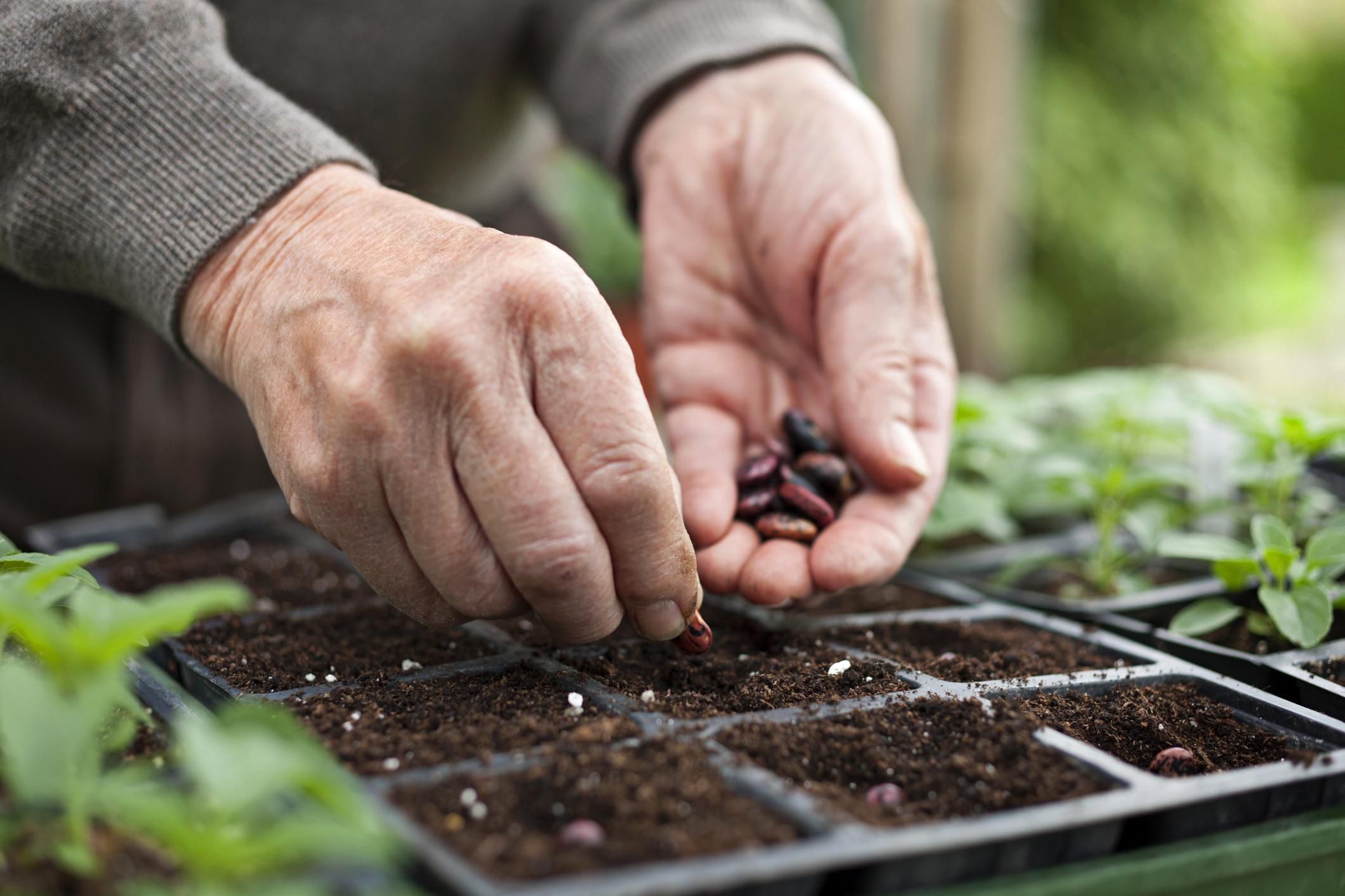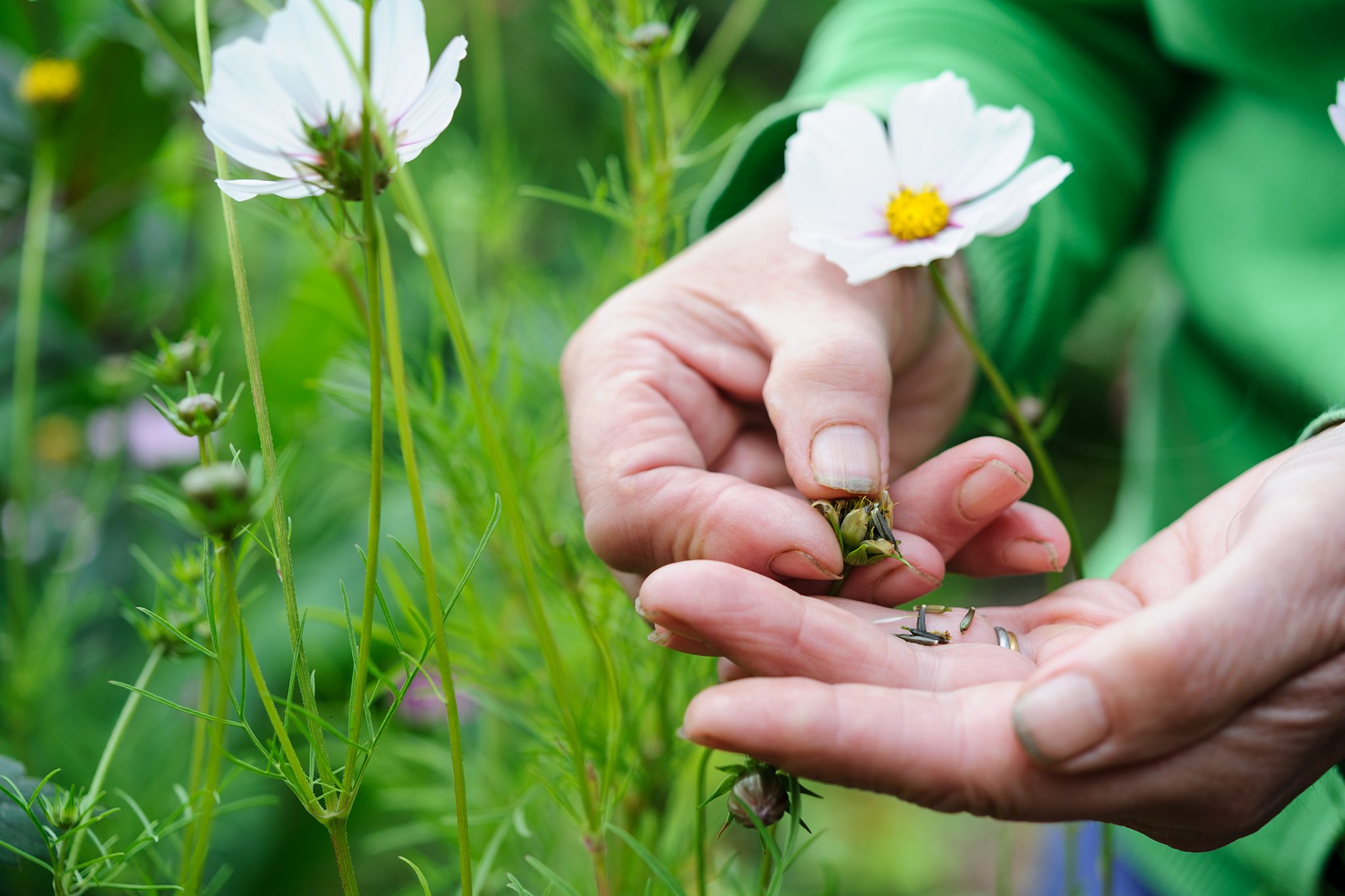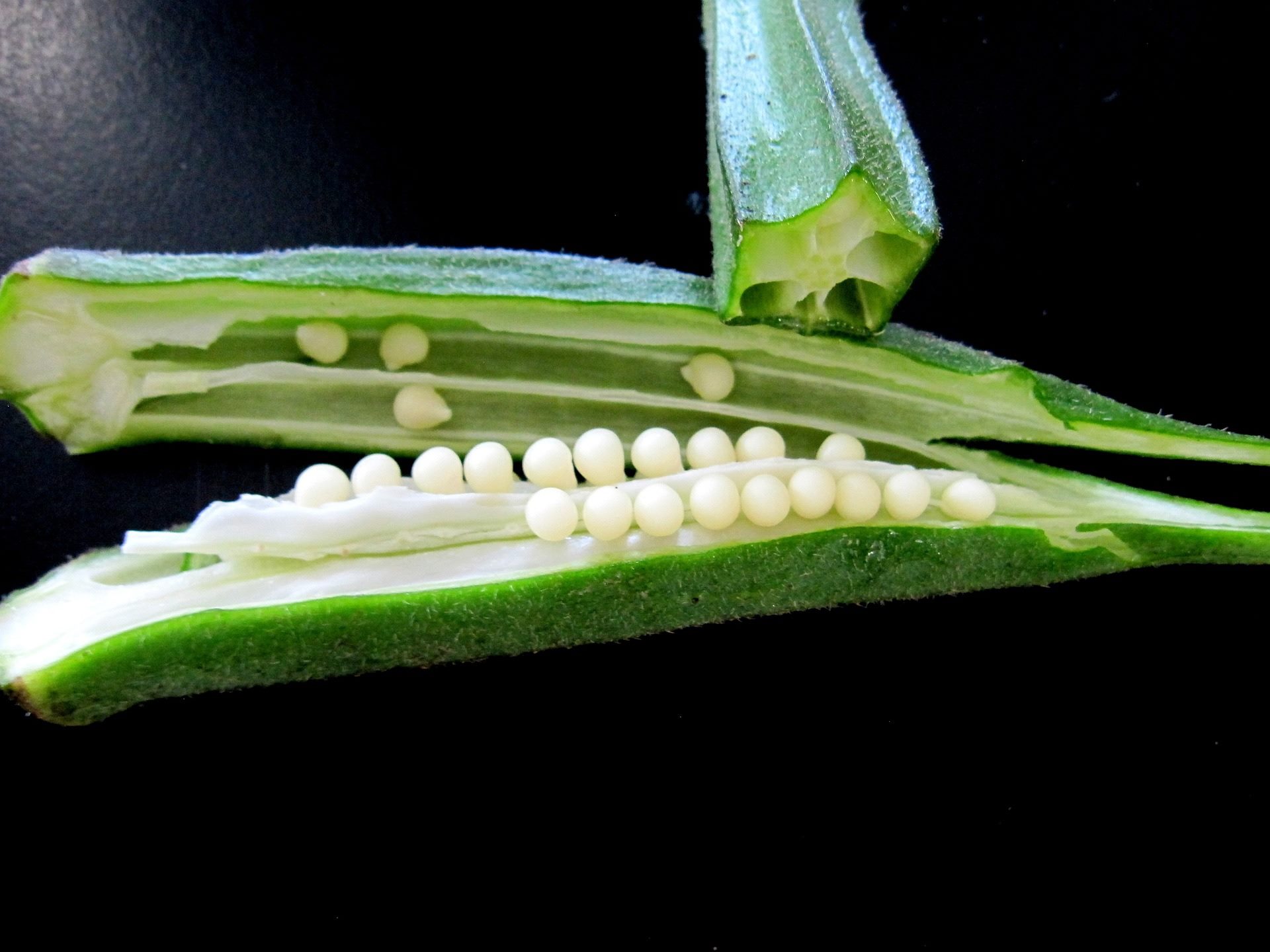Home>Types of Gardening>Edible Gardening>When To Plant Wildflower Seeds In Zone 6
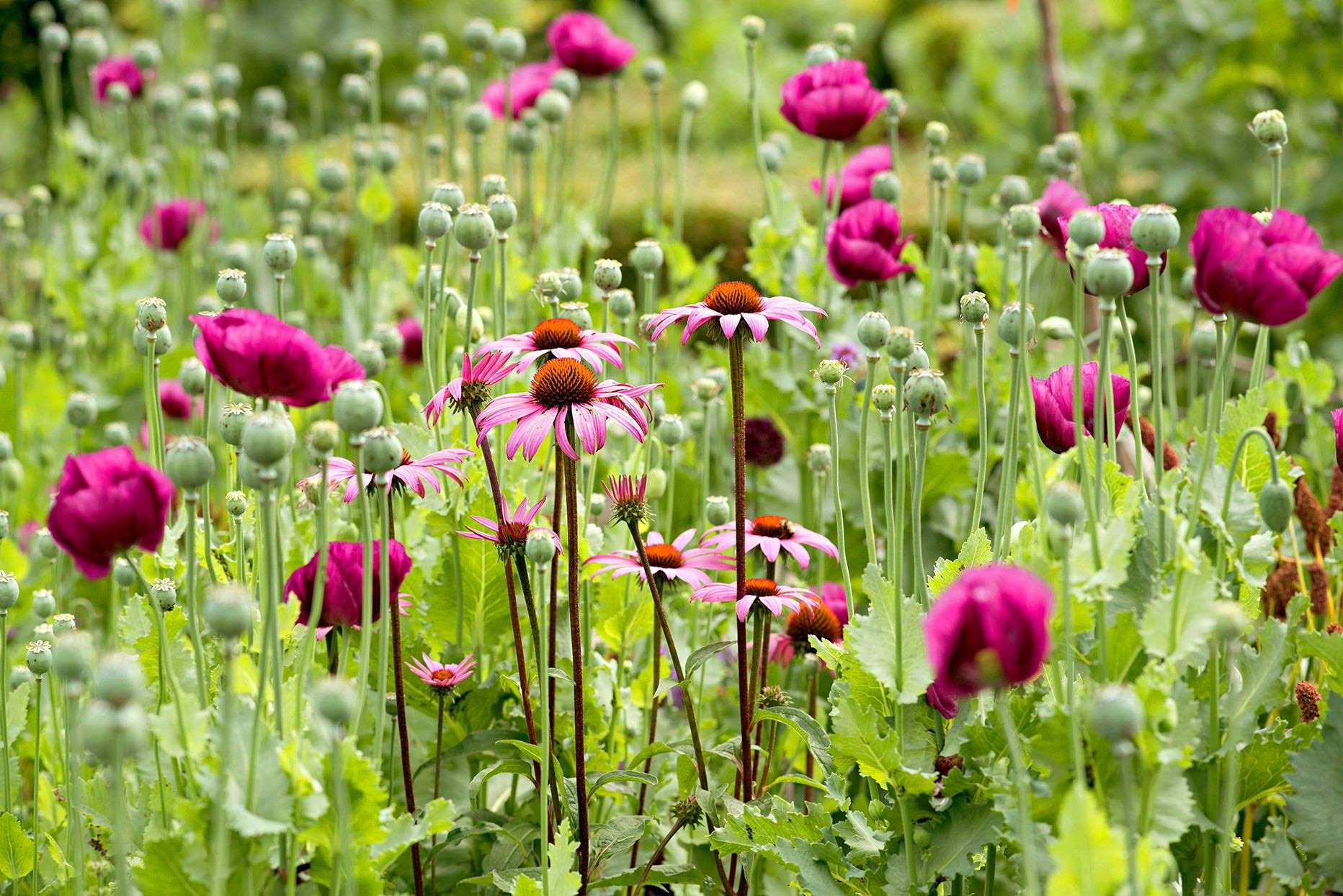

Edible Gardening
When To Plant Wildflower Seeds In Zone 6
Modified: January 22, 2024
Discover the best time to sow wildflower seeds in Zone 6 for a stunning edible garden. Learn expert tips and techniques for successful edible gardening.
(Many of the links in this article redirect to a specific reviewed product. Your purchase of these products through affiliate links helps to generate commission for Chicagolandgardening.com, at no extra cost. Learn more)
Table of Contents
- Introduction
- Understanding Zone 6
- Factors to Consider Before Planting Wildflower Seeds
- Ideal Time to Plant Wildflower Seeds in Zone 6
- Preparing the Soil for Planting
- Choosing the Right Wildflower Seeds for Zone 6
- Steps for Planting Wildflower Seeds in Zone 6
- Caring for Wildflower Seeds after Planting
- Conclusion
Introduction
Welcome to the world of edible gardening! Growing your own food is not only rewarding but also a sustainable way to incorporate fresh and nutritious ingredients into your meals. Edible gardening allows you to have control over what you consume, reduces your carbon footprint, and provides a sense of fulfillment that comes with nurturing plants from seed to harvest.
Whether you have a sprawling backyard or a small balcony, edible gardening can be adapted to fit your space. From fruits and vegetables to herbs and edible flowers, there is a wide range of options to choose from based on your preferences and growing conditions.
In this article, we will delve into the fascinating realm of edible gardening, offering insights, tips, and guidance on how to create a thriving edible garden. We will explore topics such as choosing the right plants, preparing the soil, planting techniques, and ongoing maintenance to help you successfully grow your own delicious and sustainable food.
So, whether you’re a seasoned gardener looking to expand your skills or a beginner eager to embark on your first edible gardening journey, this article is here to guide and inspire you. Let’s dig in!
Understanding Zone 6
Before diving into the specifics of edible gardening, it’s important to understand the concept of gardening zones. Gardening zones, also known as hardiness zones, provide a framework for gardeners to determine which plants are most likely to thrive in their specific region based on temperature and climate conditions.
Zone 6 is characterized by its moderate climate, with average minimum winter temperatures ranging from -10 to 0 degrees Fahrenheit (-23 to -18 degrees Celsius). This zone encompasses various regions across the United States, including parts of the Northeast, Midwest, and Pacific Northwest.
It’s crucial to consider your zone when planning your edible garden, as different plants have specific temperature requirements for optimal growth. Understanding your zone will help you select plants that are more likely to flourish and avoid those that may struggle or perish in your area.
In Zone 6, the growing season typically spans from late spring to early fall, providing ample time to cultivate a diverse range of edible plants. However, it’s important to note that the actual dates of the growing season can vary depending on the specific microclimate of your location and weather patterns.
The moderate climate of Zone 6 offers a wide array of possibilities for edible gardening. With proper planning and knowledge of suitable crops for your zone, you can enjoy a bountiful harvest year after year. In the following sections, we will explore the factors to consider and the ideal time to plant wildflower seeds in Zone 6, as well as the necessary steps for preparing the soil and caring for your edible garden.
Factors to Consider Before Planting Wildflower Seeds
Before sowing wildflower seeds in your edible garden, there are several important factors to consider. Paying attention to these factors will help ensure the success and longevity of your wildflower plants.
1. Sunlight: Wildflowers typically thrive in areas with full sun, which means they require at least 6 to 8 hours of direct sunlight each day. Before planting, assess the sunlight conditions in your garden and choose a suitable location for your wildflower seeds.
2. Soil Quality: Wildflowers prefer well-draining soil that is rich in organic matter. Conduct a soil test to determine the pH level and nutrient content of your soil. If necessary, amend the soil by adding compost or organic matter to improve its quality.
3. Watering: Although wildflowers are generally low maintenance, they still require adequate watering. Consider the natural rainfall patterns in your area and supplement with additional watering as needed to keep the soil moist but not waterlogged.
4. Climate and Zone: Different wildflower species have different temperature and climate requirements. Ensure that the wildflower species you select are suitable for your specific gardening zone. Zone 6 offers a wide variety of options, but it’s important to choose wildflowers that can tolerate the temperature ranges of your region.
5. Pest and Disease Control: Take preemptive measures to prevent pest and disease issues in your edible garden. Keep an eye out for common pests like aphids, slugs, and snails, and implement organic pest control methods such as companion planting or utilizing natural predators.
6. Wildlife Considerations: If you live in an area with deer or other wildlife that may potentially consume your wildflowers, consider using fencing or other deterrents to protect your plants.
7. Companion Planting: Consider incorporating companion plants alongside your wildflowers to maximize the benefits of your edible garden. Companion plants can attract beneficial insects, deter pests, and provide added aesthetic value to your garden.
By taking these factors into account, you can create an optimal environment for your wildflower seeds to thrive. Next, we will explore the ideal time to plant wildflower seeds in Zone 6.
Ideal Time to Plant Wildflower Seeds in Zone 6
Timing is key when it comes to planting wildflower seeds in Zone 6. It’s important to sow the seeds at the right time to ensure that they have optimal conditions for germination and growth. The ideal time to plant wildflower seeds in Zone 6 is typically in the early spring or late fall.
Early Spring: Planting wildflower seeds in early spring, once the soil has thawed and the frost risk has passed, allows the seeds to take advantage of the longer growing season ahead. This gives the wildflowers ample time to establish themselves before the heat of summer sets in. The soil is still cool and moist, providing favorable conditions for germination.
Late Fall: Another suitable time to plant wildflower seeds in Zone 6 is during the late fall, preferably about six weeks before the ground freezes. This allows the seeds to undergo a process called stratification, where they experience a period of cold and moist conditions that can enhance germination rates. Stratification mimics the natural conditions that many wildflower species require to break seed dormancy and sprout in the following spring.
When planting wildflower seeds in either the spring or fall, it’s essential to prepare the soil properly. Clear any existing vegetation and loosen the top layer of soil with a garden fork or tiller. This will create a seedbed that allows for good seed-to-soil contact, promoting germination.
Before sowing the seeds, carefully read and follow the instructions on the seed packets. Different wildflower species have different planting depth and spacing requirements. Typically, wildflower seeds are broadcasted by scattering them evenly over the prepared soil surface. Lightly rake the seeds into the soil or gently tamp them down to ensure good seed-to-soil contact.
After planting, water the area gently to provide moisture without disturbing the seeds. Keep the soil consistently moist, not saturated, until the seeds germinate and the seedlings establish themselves. This may require regular, light watering, especially during dry periods.
By choosing the right time to plant wildflower seeds in Zone 6 and providing proper care during the germination and establishment stages, you can increase the chances of successful growth and a vibrant wildflower display in your edible garden.
Preparing the Soil for Planting
Preparing the soil is a crucial step in establishing a healthy and flourishing edible garden. By providing the right conditions for your plants, you can enhance their growth, nutrient uptake, and overall vitality. Here are some essential steps for preparing the soil before planting your edible garden in Zone 6.
1. Clear the Area: Start by clearing the planting area of any weeds, vegetation, or debris. Remove any large rocks or sticks that may obstruct root growth.
2. Test the Soil: Conduct a soil test to assess the pH level and nutrient content of your soil. This will help you determine if any amendments are needed. Most edible plants thrive in slightly acidic to neutral soil, with a pH range of 6.0 to 7.0.
3. Amend the Soil: Based on the results of the soil test, amend the soil as necessary. Add organic matter, such as compost or well-rotted manure, to improve soil structure, fertility, and drainage. Mix the organic matter into the top 6 to 8 inches of soil using a garden fork or tiller.
4. Remove Persistent Weeds: Take extra care to remove persistent or invasive weeds, such as bindweed or dandelions, from the planting area. These weeds can compete with your edible plants for nutrients and resources.
5. Loosen the Soil: Use a garden fork or tiller to loosen the soil in the planting area. This improves aeration and allows the roots to penetrate easily into the soil.
6. Break up Clumps: Break up any large clumps of soil to create a fine-textured seedbed. This provides a better environment for seed germination and root growth.
7. Level the Surface: Smooth out the soil surface to ensure even planting and water distribution. Use a rake or garden leveling tool to achieve a flat, uniform surface.
8. Apply Organic Fertilizer: Consider applying an organic fertilizer with a balanced blend of nitrogen, phosphorus, and potassium according to package instructions. This can provide an initial nutrient boost to support early plant growth.
9. Mulch the Soil: Finally, consider adding a layer of organic mulch, such as straw or wood chips, to help conserve soil moisture, suppress weed growth, and regulate soil temperature.
By following these steps, you can create a nutrient-rich and well-prepared soil environment for your edible plants. This will lay the foundation for healthy growth and abundant yields in your Zone 6 edible garden.
Choosing the Right Wildflower Seeds for Zone 6
Selecting the right wildflower seeds for Zone 6 is crucial to ensure successful germination and vibrant blooms in your garden. Consider the following factors when choosing your wildflower seeds:
1. Native Species: Opt for native wildflower species that are naturally adapted to the climate and soil conditions of your Zone 6 region. Native plants have coevolved with the local ecosystem, making them more resilient and beneficial for local wildlife.
2. Growing Conditions: Take into account the growing conditions of your garden, such as sun exposure and soil type. Different wildflower species have varying requirements, so choose seeds that are well-suited to the conditions in your specific planting area.
3. Bloom Times: Consider the blooming periods of different wildflower species. By selecting a diverse range of seeds that bloom at different times throughout the growing season, you can enjoy continuous bursts of color and provide a steady source of nectar for pollinators.
4. Height and Size: Take note of the mature height and size of the wildflowers. This will help you plan your garden layout and avoid overcrowding. Taller species can provide vertical interest, while shorter varieties can be used for borders or container gardens.
5. Attractiveness to Pollinators: Wildflowers are excellent for attracting pollinators such as bees, butterflies, and hummingbirds. Look for species that are known to be highly attractive to these beneficial insects and can support their populations in your garden.
6. Personal Preferences: Consider your own aesthetic preferences and desired color palette. Select a combination of wildflowers that will create a visually pleasing and harmonious garden that reflects your taste and style.
7. Seed Quality and Source: Purchase wildflower seeds from reputable sources to ensure high-quality seeds that have been properly processed and stored. This will increase the likelihood of successful germination and healthy plant growth.
By taking these factors into account, you can choose a diverse and well-suited selection of wildflower seeds for your Zone 6 garden. Remember, the beauty of wildflowers lies in their natural diversity and ability to support local ecosystems, making them a wonderful addition to any edible garden.
Steps for Planting Wildflower Seeds in Zone 6
Planting wildflower seeds in Zone 6 can be an exciting and rewarding experience. Follow these steps to ensure successful germination and establishment of your wildflowers:
1. Choose the Right Time: Choose the appropriate time to sow your wildflower seeds based on the growing season in Zone 6. Early spring or late fall are generally the best times for planting wildflower seeds, as the soil temperatures are optimal for germination.
2. Prepare the Soil: Clear the planting area of any weeds or debris. Loosen the soil and remove any large clumps to create a fine-textured seedbed. Make sure the soil is well-draining and amend with organic matter if needed.
3. Select the Seeds: Choose a mix of wildflower seeds that are suitable for Zone 6 and align with your preferences and garden goals. Consider factors such as bloom time, plant height, and attractiveness to pollinators.
4. Scatter the Seeds: Spread the wildflower seeds evenly over the prepared soil surface. Consider mixing the seeds with inert material, such as sand or vermiculite, to help distribute them more evenly. Aim for a seed density of approximately 10 to 20 seeds per square foot.
5. Lightly Rake or Tamp: Lightly rake the seeds into the soil to ensure good seed-to-soil contact. Alternatively, you can gently tamp them down with the back of a garden rake or your feet. Avoid burying the seeds too deeply, as most wildflower seeds require light for germination.
6. Water the Area: After planting, water the area gently to provide moisture without disturbing the seeds. Keep the soil consistently moist, not waterlogged, until the seeds germinate and the seedlings establish.
7. Monitor and Maintain: Regularly monitor the soil moisture and keep an eye out for weeds. Water as needed to keep the soil moist but not saturated. Be patient, as germination times can vary depending on the species of wildflowers you’ve planted.
8. Provide Care: Once the seedlings have emerged, thin them out to ensure proper spacing between plants. Follow any specific care instructions provided with your wildflower seeds, such as fertilizing or deadheading spent blooms, to encourage healthy growth and extended blooming.
Following these steps will help set the stage for a beautiful and vibrant display of wildflowers in your Zone 6 garden. With proper attention and care, your wildflowers will attract pollinators, provide a burst of color, and add a touch of natural beauty to your edible garden.
Caring for Wildflower Seeds after Planting
Proper care is essential to ensure the healthy growth and long-lasting beauty of your wildflower seeds in Zone 6. Here are some key steps to follow for caring for your wildflowers after planting:
1. Watering: Water the newly planted wildflower seeds regularly to keep the soil consistently moist. This is especially important during the germination stage. Avoid overwatering, as it can lead to waterlogging and rotting of the seeds or seedlings.
2. Weed Control: Regularly monitor the area for weeds and remove them promptly. Weeds can compete with your wildflowers for nutrients, moisture, and space. Be careful when weeding to avoid disturbing the fragile seedlings.
3. Mulching: Apply a layer of organic mulch, such as straw or wood chips, around your wildflowers. Mulching helps retain moisture, suppress weed growth, and regulate soil temperature. Be careful not to apply mulch directly on top of the seeds, as it can hinder germination.
4. Fertilizing: In most cases, wildflowers do not require frequent fertilization. However, if your soil is poor in nutrients, you can apply a balanced organic fertilizer during the early stages of growth. Follow the instructions on the fertilizer packaging for proper application rates.
5. Deadheading: Some types of wildflowers benefit from deadheading, which involves removing spent flowers. Deadheading can encourage prolonged blooming and prevent the plants from diverting energy into seed production. However, make sure to leave some flowers to produce seeds for future growth.
6. Pest Control: Monitor your wildflowers for any signs of pests such as aphids or snails. If necessary, use organic methods to control pests, such as introducing beneficial insects or handpicking pests. Avoid using chemical pesticides, as they can harm beneficial insects and disrupt the ecosystem.
7. Support and Staking: Some taller wildflower species may require support or staking to prevent them from falling over. Use bamboo stakes or plant supports to keep the plants upright and stable, especially during heavy rain or winds.
8. Enjoy and Observe: Take time to simply enjoy the beauty of your wildflower garden and observe the interactions with pollinators and other wildlife. Document the different species that visit your garden and appreciate the value they bring to the ecosystem.
By following these care guidelines, you can help your wildflowers thrive and provide a stunning display of color and life in your Zone 6 garden. Remember, wildflowers are resilient and low-maintenance, but a little care and attention can go a long way in ensuring their success.
Conclusion
Congratulations! You are now equipped with the knowledge and understanding to embark on your edible gardening journey in Zone 6. By considering the factors that influence successful wildflower planting, preparing the soil, choosing the right seeds, and providing proper care, you can create a vibrant and sustainable garden that will delight both you and the local ecosystem.
Remember, edible gardening not only provides fresh and nutritious food for your table but also promotes sustainability and a deeper connection with nature. As you witness the growth and transformation of your plants from seed to harvest, you will experience the joy of nurturing and reaping the rewards of your efforts.
Be sure to stay observant and adaptable to the ever-changing needs of your garden. Monitor soil moisture, weed growth, and the health of your plants. Make adjustments as necessary, such as watering more during dry periods or providing support to taller plants.
In addition, take the time to appreciate the beauty and diversity of the wildflowers you have chosen. The brilliant colors and delicate blooms will attract pollinators, providing an essential habitat for bees, butterflies, and other beneficial insects.
Lastly, don’t be afraid to experiment and have fun with your edible garden. Embrace the learning process and be open to both successes and challenges. Gardening is a journey of discovery, and each season brings new opportunities to expand your knowledge and enhance your gardening skills.
So, whether you have a small balcony or a vast backyard, embrace the joy of edible gardening in Zone 6. With patience, care, and a touch of creativity, you can create a thriving and beautiful garden that will nourish both body and soul. Happy gardening!
